Choosing Between Paleo, Keto, Whole30, Vegan, & Clean Eating Diets
Are you confused about which healthy diet to choose? This article shares some of the differences between clean eating, paleo, Whole30, keto, and plant-based diets. Use this information to help determine which diet will work best for you.

Choosing a Diet Plan
It can be confusing to figure out which diet plan will work best for you. The United States Department of Agriculture (USDA) is in charge of offering nutrition advice to Americans. The USDA promotes the “My Plate” format for the basis of a healthy diet.
But, many people have dietary restrictions, food allergies, and specific health conditions that may be helped by more specialized diets that restrict certain macronutrients, food groups, or foods.
And, women need to be particularly mindful about dieting, as women of reproductive age especially need to ensure adequate intake of iron-rich foods, calcium, and vitamin D.
Some of the specialty diets that have developed to address both health concerns and weight management include clean eating, paleo, Whole30, plant-based, and keto.
This article will explore each of the popular diet plans and point out their main differences to help you determine which one might be best for you.
As always, it’s best if you discuss this with your healthcare provider, as he or she can help figure out exactly which diet will work best for your specific situation.
You may also want to consider how your dietary style affects the environment and climate change? See my full article on the best and worst diets for climate change.

Clean Eating Diet
Clean eating is less of a diet and more of an overall eating philosophy. Clean eating is generally described as including real, whole foods most of the time, choosing organic and sustainable options whenever possible.
Clean eating also means selecting foods that meet one’s individual needs.
People following a clean eating diet are advised to eat minimally processed foods and be more mindful of how their food is sourced. A clean eating diet is considered to be healthy because of its elimination of processed foods and its focus on eating real, whole foods. Check out my clean eating food list.
The benefits of a clean eating approach are that it is flexible and allows for individuality. Women who follow a clean eating diet don’t have to feel overly restricted. And, people who “eat clean” can easily adapt the diet to meet their individual needs without feeling like they have failed at it.
Other types of general “clean eating diets” can include the Mediterranean diet, anti-inflammatory eating, the pro metabolic diet, and real food diets.
The main drawback of a focus on clean eating is that it may lead to disordered eating patterns in some women. The fixation on eating only unprocessed foods is referred to as orthorexia, and is a recognized type of eating disorder. Learn more about recovery from orthorexia.
A clean eating diet can also be more expensive than that Standard American Diet, as it eliminates fast foods and processed foods. Read my tips on how to eat clean on a budget.
So, while clean eating is a flexible approach to dieting, it may work best if the participant works with a dietitian or nutritionist who can help keep her in the right mindset, especially if she has a history of disordered eating.

Paleo Diet
A paleo diet is more specific and restrictive than a clean eating diet, because it is both gluten-free and dairy-free, with no refined sugars or processed ingredients. The paleo diet also excludes legumes and grains.
The paleo diet is a diet that focuses on foods that humans ate before agriculture was invented. In other words, paleo foods include those that could be hunted and gathered, including meats, eggs, fruits, vegetables, nuts, and seeds.
Proponents of the paleo diet claim that it can improve your health by eliminating processed foods and increasing the intake of fruits and vegetables for more phytonutrient and fiber consumption.
Also, doing a gluten-free and dairy-free diet as part of a paleo diet can also reduce some of the main allergens in one’s diet, and that can lead to decreased inflammation.
One meta-analysis of the paleo diet showed that paleo diets can lead to weight loss in participants. Another meta-analysis showed cardiovascular health benefits in paleo dieters.
People who follow a paleo approach can lose weight and improve their health markers because they are eliminating inflammatory, highly refined and overly processed foods. A paleo diet is often recommended for autoimmune disease because it avoids the worst foods for Hashimoto’s, as an example.
People who oppose the paleo approach do so because this way of eating can be very restrictive. Other criticisms of the paleo diet are that it can be expensive, it can be time-consuming to prepare foods from scratch, and that is is too high in meat consumption.
You may wish to follow an Ancestral Diet Approach which can be slightly less restrictive than paleo.
A paleo approach is not necessarily low-carb, although some people mistakenly believe it to be so. Carbohydrate sources on a paleo diet include sweet potatoes, fruits of all types, and other starchy vegetables like carrots. Some less strict paleo dieters even include white rice, white potatoes, and legumes as part of their diet.
See my related articles on Symptoms of a Hashimoto’s Flare-Up, benefits of a grain-free diet, and how to do a paleo diet for beginners.

Whole30 Diet
Whole30 is very similar to paleo, but with even more restriction on the types of foods allowed and the addition of mindset shifts. The Whole30 approach differs from paleo in that is allows white potatoes. But, Whole30 is similar to paleo in that it eliminates all grains and legumes.
A paleo diet can include some alcohol and sugars, a Whole30 diet does not.
In this way, a Whole30 diet is more restrictive than paleo. It excludes almost all sugars (except for fruits) and doesn’t even allow paleo-type treats like paleo cookies or paleo pancakes.
The Whole30 diet has gained somewhat of a cult following in the past several years. It’s essentially a more restrictive version of the paleo diet that is to be implemented for a minimum of 30 days. The “rules” are set out in the Whole30 book.

In addition to being instructed to avoid things that our paleolithic ancestors didn’t eat, the Whole30 diet also excludes anything that resembles things that our paleolithic ancestors couldn’t hunt or gather in the wild. This means no paleo pancakes, muffins, chips, bars, etc.
The pros and cons of the Whole30 approach are very similar to those of the paleo approach. Critics of Whole30 say that it’s not convenient, it can be expensive, it excludes all alcohol, and it’s time-consuming since almost every food has to be prepared at home.
Also, the Whole30 diet plan is not recommended for anyone who has a history of disordered eating, as the restrictive nature of the plan can trigger over-restriction and unhealthy patterns.
While there are no major scientific studies looking at the positive or negative effects of the Whole30 diet, the Cleveland Clinic supports its use for some people.
Keto Diet
The ketogenic diet, also known as the high-fat, low-carb diet, has been dramatically increasing in popularity over the past few years.
The concept behind this diet is to restrict carbohydrates and increase fat intake. A general rule is to get at least 70% of your calories from fat.
Keto dieters are also told to stay below 50 grams of carbs per day, and those with a significant amount of weight to lose are instructed to stay at or below 20 grams of carbs per day.
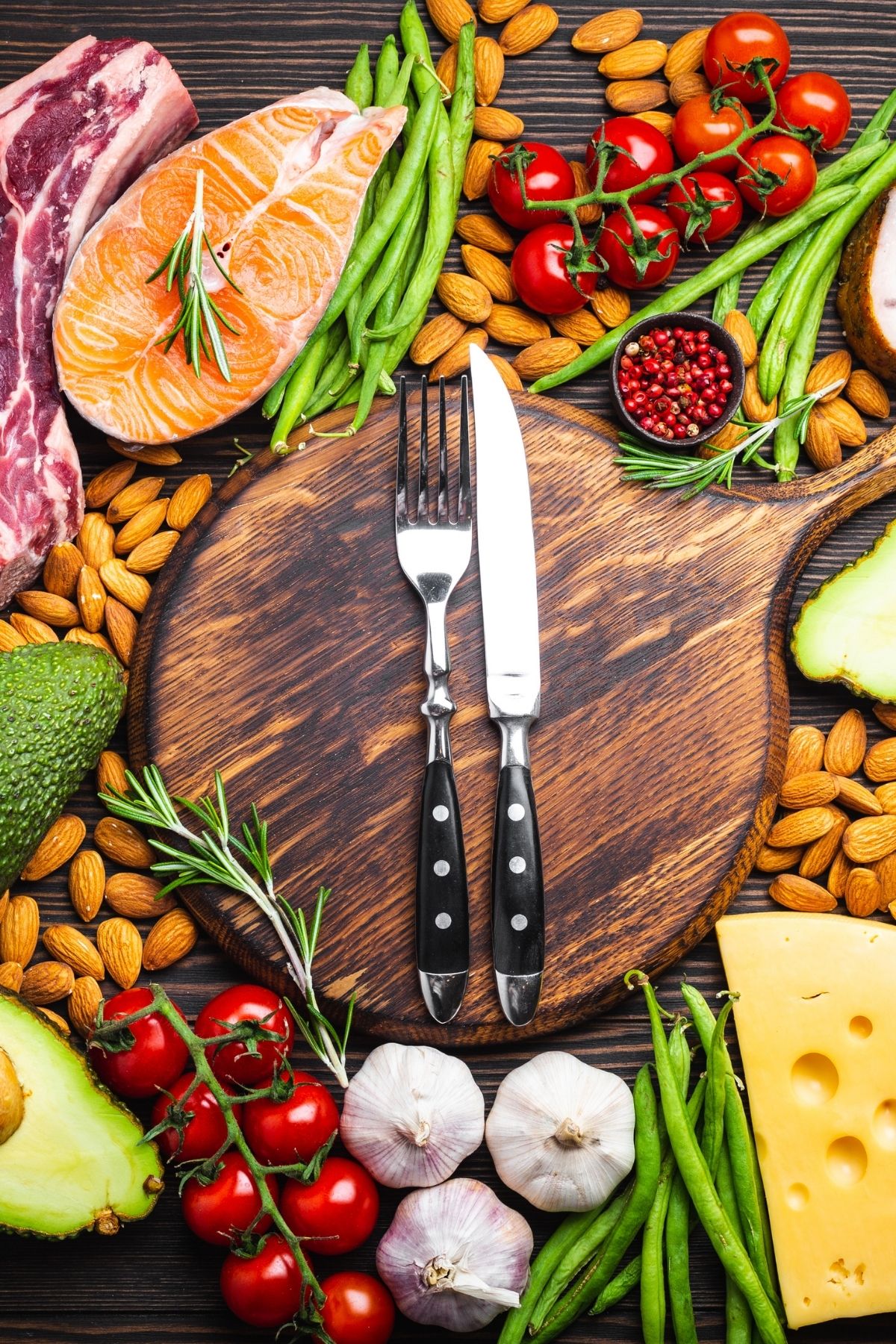
Some people who follow a ketogenic diet choose not to consume carbs at all. Others include a carb-up practice where they may eat a piece of fruit or a sweet potato every few days.
A keto diet may be similar to paleo, but it does not restrict dairy and is severely restricts carbs including potatoes and fruit. A keto diet may also include keto snacks including artificial sweeteners, where a paleo diet would not include processed sweeteners.
So, a keto diet is more focused on blood stabilization and weight loss where paleo and Whole30 diets may be more focused on reducing food allergies and lowering inflammation.
A keto diet has been used with some success to treat patients with epilepsy and cancer. It can also help people who have a significant amount of weight to lose shed excess pounds rather quickly.
However, criticism of the keto diet include that it can cause severe nutritional imbalances, requires medical supervision, is too rigid, and is too difficult to sustain. Read more about the potential dangers of a keto diet.
As with all types of restrictive diets, people who have a history of eating disorders should proceed very cautiously when thinking about doing an ultra-restrictive diet such as keto. Additionally, there are groups of people including children and pregnant women who are not advised to do a keto diet.
Plant-Based Diet
Vegan and plant-based diets have become very popular over the last 10 or so years. A plant-based diet is one that eliminates all or most animal products. A vegan diet is even more restrictive in that vegans do not own clothes or other products that have come from animals.
Vegan or plant-based dieters do not eat fish, chicken, red meat, eggs, dairy products, or even honey. Some people on a plant-based diet also eliminate oils, even those that come from plants.
You may want to check out my list of the best gluten-free vegan recipes if you are following a plant-based approach.
Plant-based and vegan diets have been shown to reduce the risk of heart disease and certain cancers. And, the American Dietetics Association says that an appropriately planned vegan or vegetarian diet can be safe for all stages of life.
However, a vegan diet is not right for everyone. Some people who follow a vegan diet can become deficient in certain nutrients including vitamin B12, calcium, and iron. Read more about the potential plant-based diet dangers.
You may also want to read this article on the differences between vegan and vegetarians.
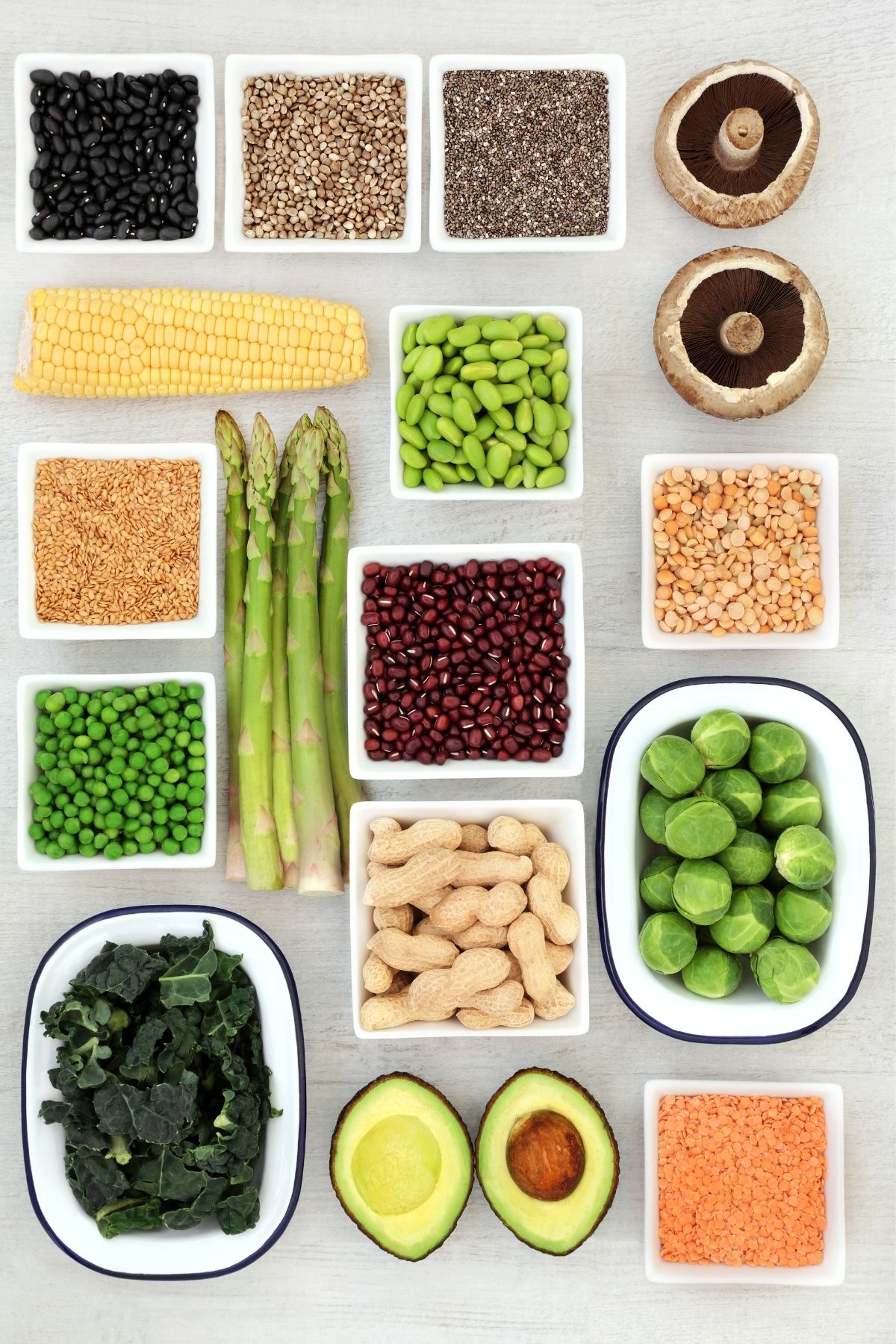
As with all restrictive diets, a plant-based diet is no different in that it can lead to disordered eating patterns, especially in women.
So, it may be helpful to work with a dietitian or nutritionist to help make sure you are getting all the nutrients you need on a vegan or plant-based diet.
Flexible Dieting
As you may have gathered from reading this article, adopting a dieting mentality can be dangerous for those who have struggled with an eating disorder in the past. There is also not one diet that is perfect for everyone, or even for a person throughout her whole life.
Restricting whole categories of foods or macronutrients can lead to obsessive behavior surrounding food. It may be helpful for some people, and especially for women who have a history of disordered eating, to not limit themselves to one particular diet style.
Rather, it may be more helpful and sustainable over the long run to focus on eating more whole foods and fewer processed foods. As long as you are making food choices that nourish you and make you happy, you are on your way to freeing yourself of dieting mentality.
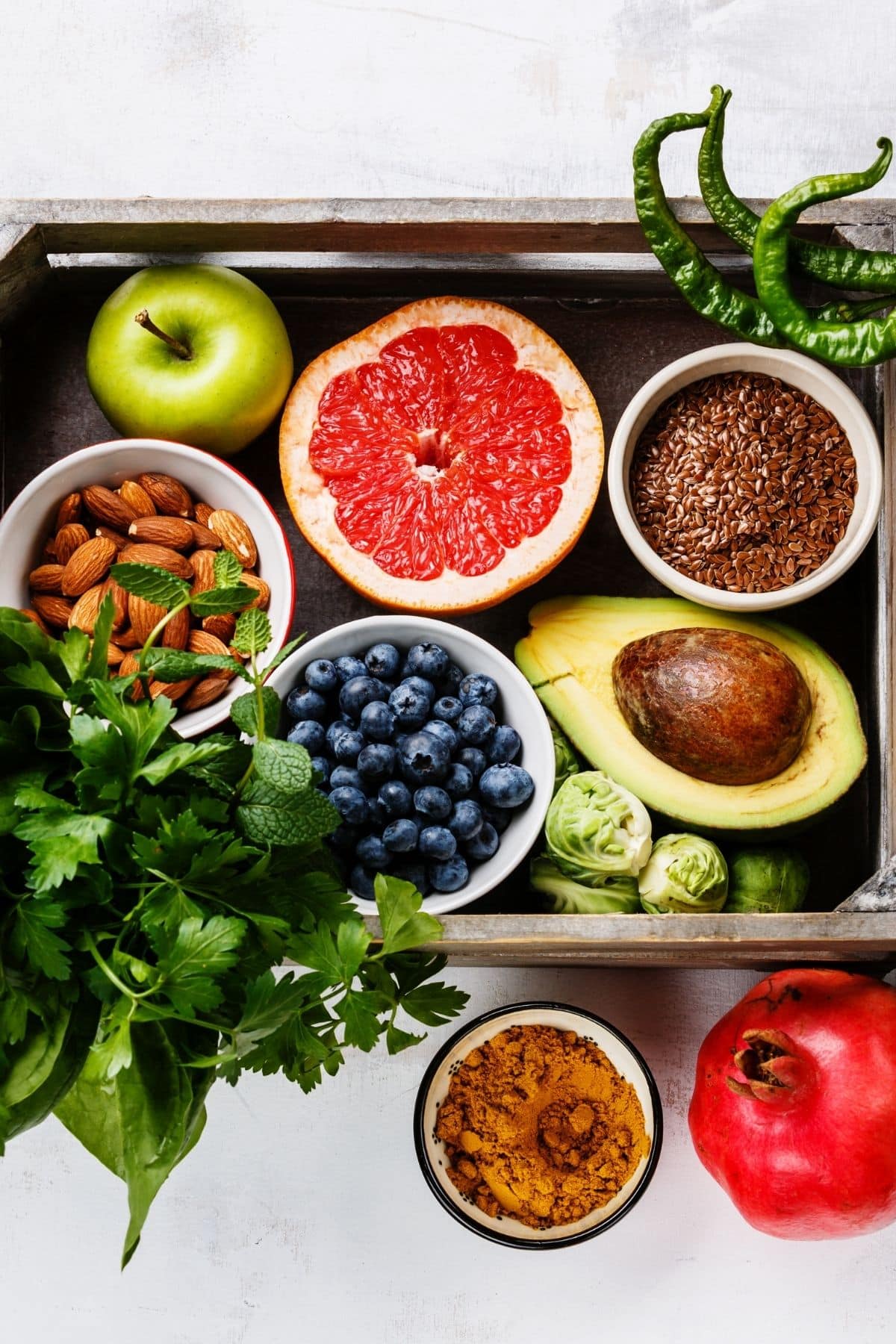
FAQs About Clean Eating Diets
A paleo diet restricts legumes, grains, and white potatoes. A clean eating diet is less restrictive and is more flexible than a paleo diet. A clean eating diet includes a focus on unprocessed foods, but may include items not allowed on a paleo diet including legumes, grains, and white potatoes.
A Whole30 diet excludes dairy, grains, added sugars, and gluten. A keto diet is more focused on excluding carbohydrates and using fats as an energy source. They are two completely different approaches to nutrition and dieting.
A paleo diet excludes white potatoes, but does allow for treats made with unrefined sugars such as coconut sugar, maple syrup, and molasses. A Whole30 diet includes white potatoes but excludes all treats.
Overall, a Whole30 diet is considered more restrictive than a paleo diet.
It really depends on your goals and what you and your doctor decide is best for you. A clean eating or flexible dieting approach will work for most people, but others may need a more specialized diet like keto, paleo, plant-based, or Whole30.
Each of these options is a valid approach for addressing certain medical conditions and for trying to improve weight management and overall health. But, again, it really depends on your individual needs as to which diet will work best for you. At the very least, try each one for 30 days and monitor your symptoms and how the diet makes you feel. You should feel empowered and nourished when you find the right diet approach for you.
Conclusions
The purpose of this article was to review the major healthy eating diets that are popular right now, including clean eating, paleo, Whole30, keto, and plant-based. After comparing and contrasting each diet, we also determined that some women may be better off by not following a specific diet, but by simply choosing more whole foods and fewer processed foods.
Don’t Miss These Helpful Clean Eating Resources
Don’t forget to join my newsletter list to get exclusive clean eating recipes and tips. The newsletter is 100% free with no spam; unsubscribe anytime.
About the Author: Carrie Forrest has a master’s degree in public health with a specialty in nutrition. She is a top wellness and food blogger with over 5 million annual visitors to her site. Carrie has an incredible story of recovery from chronic illness and is passionate about helping other women transform their health. Send Carrie a message through her contact form.
Note: this post is for informational purposes only and is not intended as medical advice. Please consult your healthcare provider for recommendations related to your individual situation.


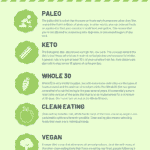
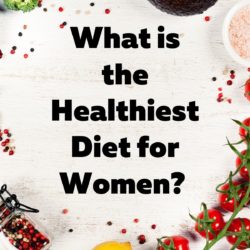
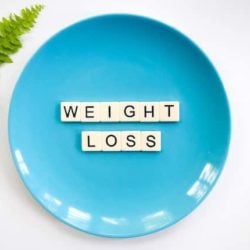








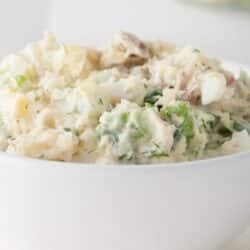






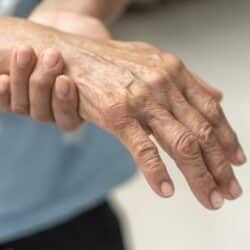



Really interesting read. I stumbled across this article trying to see if I’m not doing myself any favours eating a vegan diet. Each day I seem to have less energy and feel more tired and spaced out. I was trying to find the best lifestyle to eat for anxiety as I get so anxious I get a lot of palpitations and I wonder if the sugar consumed in some processed vegan foods is the cause. I always had a low carb approach to eating until I went plant based. This article is well written!
Carrie, this is a great article on the pros and cons of various diets. I read it when first posted and learned a lot. Upon revisiting it today (5 months later) I’ve learned even more. I never knew orthorexia existed. How does a person not become totally absorbed in label reading and orient their life around clean or Paleo eating when one’s quality of life or life itself is dependent upon it? Following a clean or Paleo lifestyle almost becomes like another disability when interacting with the mainstream world. Eating out with those that don’t worry about their health becomes highly difficult. If I’m not careful with my food choices, I end up suffering for days or weeks. Even eating out, choosing the cleanest /Paleo items available, I run into trouble with the hidden additives involved in food preparation in restaurants and in manufacturing. How does one protect their health by eating clean, without becoming almost obsessed? If you let your guard down and stop reading labels, even on items used for years, you can pay the price. (I.e. Ingredients listing spices instead of stating which specific spice, or sugar without stating which type, etc.) I know if I was truly eating completely clean whole foods only this wouldn’t be an issue. How do you manage clean eating without becoming a bore to others? How do you interact in the mainstream world? Any hints?
Hi Jennifer, great questions! I’m sorry to hear you’re struggling with this balance of being cautious and feeling on that orthorexia side of things. It’s a delicate balance! The way I’ve learned to manage it is to find a few things that are “deal-breakers” for my health, like eating MSG (triggers migraines). I’m not excited to eat things like refined sugars or gluten, but I also know that small exposures aren’t going to have immediate dire effects for me. I know because I’ve tried it. Certainly, eating foods out that I wouldn’t normally eat at home isn’t something I want to do a lot of, but I also know that eating out with friends and feeling freedom around food has some huge beneficial effects for me. So, it really is finding that balance. It takes practice and positive reinforcement after having a super fun time out with friends and totally forgetting about the rules of eating. Does that make sense? I would give yourself some grace and take baby steps with it. Sending lots of love. XOXO.
I have tried many diets (McDougal,Macobiotic, Vegetarian, Vegan) all in hopes of becoming well. None of them provided the promises. I am at a stand still now. Having Hashimoto’s it is really tough. Not sure which plan to follow. One says my diet is bad the other praises. I am gluten free, dairy free, lowered my fresh fruit consumption especially high sugar fruits & lowered my soy consumption. It hasn’t really done much for my hypothyroidism symptoms. Trying to find the right balance but it sure isn’t easy.
Paula, your hypothyroidism might have progressed enough that you need thyroid supplementation to feel better.
I am on Nature-throid (32.5 mg) & take Phyto-ADR (supplement for adrenal) but I’m still struggling. I wonder if I must consume meat & struggle with it. I have never liked meat & have not eaten it for over 10 years. But I wonder if my diet choice is making me ill.
Hi Paula! When I was vegan, I became vitamin B12 deficient, plus my blood sugar could never remain stable without a good source of protein. So, I think you know how I feel about over-restriction. I can appreciate if someone has a moral obligation to not eat something, but I don’t believe that a vegan diet is the healthiest way of eating or balanced overall.
I too struggle with my sugar level. I guess I really have an issue with giving up my vegetarian/vegan diet. I really enjoy it and I have felt better with it over the years. But I am thinking that maybe I need to change it. I am looking at Dr. William Cole’s book Ketotarian. He was vegan and changed over to a more balanced diet that includes meat. I just never thought I would be struggling so hard with my health and diet. Even with a functional medicine doctor, I’m not as well as I would hope to have be.
Hi Paula, I feel like going to a keto diet would be going from one super restrictive approach to another one. I really like the dietary approach from Dr. Amy Myers. Have you read any of her books? She is pretty amazing and worth checking out, especially her book on thyroid.
When I was a practicing acupuncturist I had a patient with Hashimoto’s for whom nothing seemed to work. Her MD kept juggling separated doses of T4 and T3 hormones but she just kept gaining weight and going deeper into brain for and having ever worsening skin issues. Finally she saw an endocrinologist who specialized in thyroid disorders.
A simple saliva test of her cortisol levels every few hours for 24 hours revealed that her adrenals were in big trouble. This is apparently quite common i.e. when the thyroid goes out, it impacts the adrenals and likewise, when the adrenals are “off” it impacts the thyroid. He gave her a very tiny daily dose of prescription cortisol and within a week or two her weight was dropping, her brain fog completely gone, and her skin issues had resolved!
Very interesting! Addison’s Disease is another autoimmune disease that can occur.